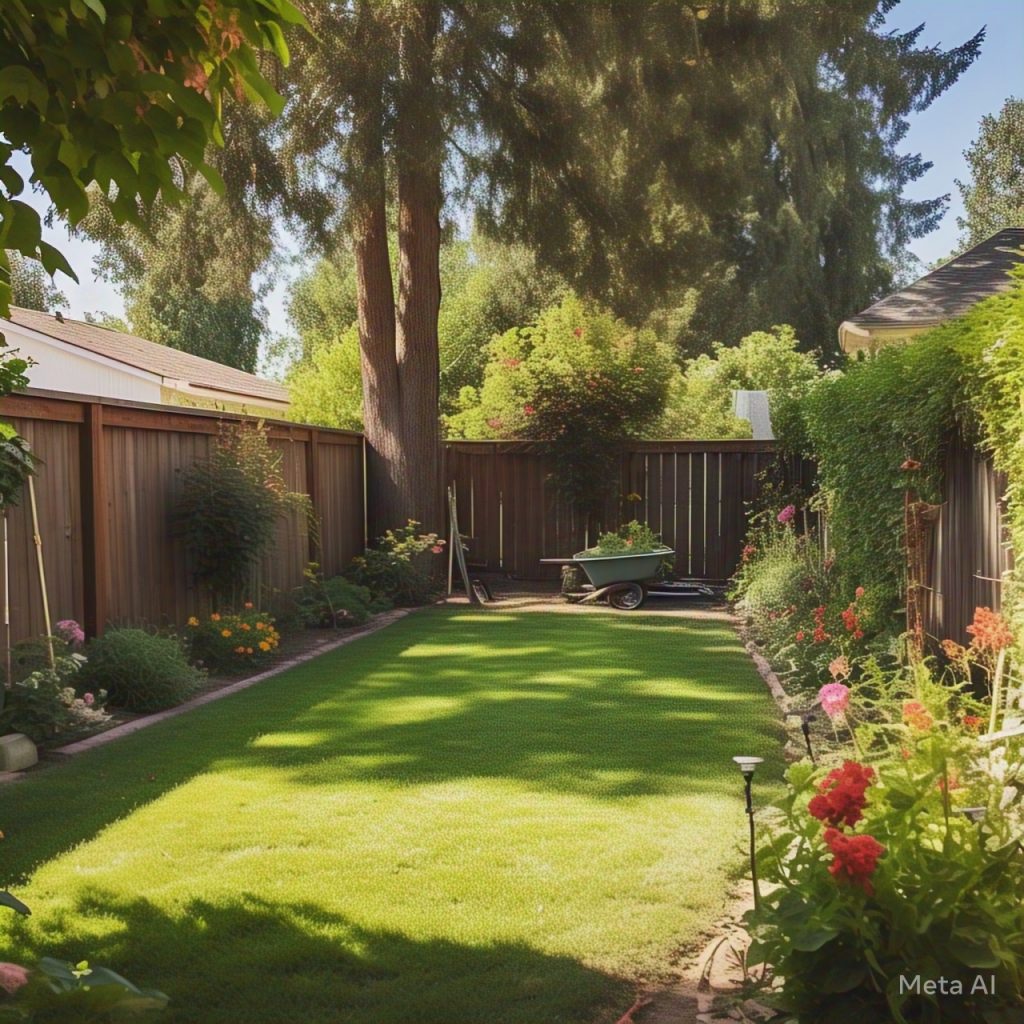Biohazard odors in the environment can emanate from something strong, persistent odors in a home or business are more than just unpleasant, they can be a sign of a serious biohazard threat. Whether from decomposition, bodily fluids, sewage backups, or chemical exposure, these smells indicate the presence of hazardous substances that can pose severe health risks.
If left untreated, biohazard odors can linger for weeks or even months, penetrating walls, flooring, and furniture. Attempting to remove these smells with air fresheners or DIY cleaning solutions may only mask the problem, rather than eliminate the underlying hazard.
In this article, we will explore the common sources of biohazard odors, their health implications, and why professional biohazard cleanup is essential for safety and complete restoration.

What Are Biohazard Odors?
Biohazard odors originate from biological contaminants that release harmful bacteria, viruses, or toxic substances into the air. These odors often accompany unseen dangers, including airborne pathogens, mold growth, and structural damage. The key to eliminating biohazard odors is to remove the source, sanitize the area, and restore air quality to safe levels.
Common Sources of Biohazard Odors & When Cleanup is Required
1. Unattended Death & Decomposition
The Cause:
When a body decomposes, it undergoes autolysis and putrefaction, breaking down tissues and releasing a strong, pungent odor composed of gases such as cadaverine and putrescine. This odor can quickly permeate the surroundings, making it impossible to ignore.
Health Risks:
- Exposure to harmful bacteria and airborne pathogens
- Contamination of surfaces with bodily fluids
- Psychological trauma for family members or property occupants
Why Professional Cleanup is Required:
- Body fluids seep into flooring, walls, and porous materials, requiring specialized enzyme-based cleaners.
- Airborne bacteria must be neutralized with advanced deodorization techniques.
- Professionals use HEPA filtration systems and ozone treatments to fully eliminate odors.
2. Crime Scenes & Trauma Cleanup
The Cause:
Crime scenes involving blood spills, bodily fluids, or tissue decomposition create hazardous conditions that require specialized biohazard remediation. Blood can seep into cracks, causing persistent odors and bacterial growth if not properly removed.
Health Risks:
- Exposure to bloodborne pathogens such as HIV, Hepatitis B, and Hepatitis C
- Increased risk of infection and disease transmission
- Psychological distress from lingering reminders of the event
Why Professional Cleanup is Required:
- Specialized sanitization chemicals are used to break down biohazards at a microscopic level.
- Odor-neutralizing technology eliminates the smell completely, not just masks it.
- Proper disposal of contaminated materials in accordance with local regulations.
3. Hoarding Situations & Waste Accumulation
The Cause:
Hoarded homes often contain rotting food, mold growth, pest infestations, and human or animal waste, all of which contribute to unbearable odors and hazardous living conditions.
Health Risks:
- Mold exposure leading to respiratory issues
- Pest infestations carrying bacteria and diseases
- Ammonia buildup from urine and feces, causing lung irritation
Why Professional Cleanup is Required:
- Deep cleaning and odor removal using industrial-grade disinfectants.
- Structural damage assessment to address biohazard seepage into walls and flooring.
- Proper disposal of hazardous materials, including mold-contaminated surfaces.
4. Sewage Backups & Waste Contamination
The Cause:
Raw sewage contains harmful bacteria, viruses, and toxic gases, such as hydrogen sulfide and methane, which emit a foul, rotten-egg-like odor.
Health Risks:
- High levels of E. coli, Salmonella, and Norovirus exposure
- Risk of airborne contaminants causing respiratory infections
- Increased likelihood of mold and fungal growth
Why Professional Cleanup is Required:
- Proper extraction and sanitization of contaminated areas using antimicrobial treatments.
- Air purification with ozone machines to neutralize lingering sewage odors.
- Disposal of affected materials in compliance with biohazard regulations.
5. Fire & Smoke Damage
The Cause:
After a fire, the smell of burnt materials, soot, and smoke residue can persist for months, especially in porous surfaces like carpets, walls, and ceilings.
Health Risks:
- Inhalation of toxic chemicals from burnt plastics, fabrics, and wood
- Respiratory irritation and long-term lung damage
- Increased risk of mold due to residual moisture from firefighting efforts
Why Professional Cleanup is Required:
- Industrial air scrubbers and thermal fogging eliminate smoke particles.
- Deep-cleaning with chemical sponges and soot removers restores surfaces.
- HVAC system cleaning to remove trapped smoke residues.
6. Chemical & Drug Lab Cleanup
The Cause:
Illicit drug manufacturing, such as methamphetamine labs, produces toxic chemical fumes and residues that can cling to walls, flooring, and ventilation systems.
Health Risks:
- Neurological damage and poisoning from prolonged exposure
- Highly flammable chemical residues, increasing fire risks
- Persistent odors indicating lingering contamination
Why Professional Cleanup is Required:
- Chemical neutralization treatments for hazardous residues.
- Air filtration systems and negative air pressure machines to remove fumes.
- Structural decontamination for safe reoccupation.
7. Rodent & Animal Waste
The Cause:
Dead rodents, accumulated droppings, and urine release a strong, musty odor that signals biohazard contamination.
Health Risks:
- Hantavirus and Salmonella exposure from rodent droppings
- Airborne allergens causing respiratory distress
- Structural damage from corrosive urine
Why Professional Cleanup is Required:
- Biohazard-level disinfectants remove bacteria and neutralize odors.
- HEPA vacuuming eliminates harmful airborne particles.
- Structural repair and sealing of entry points prevent re-infestation.
How Professional Biohazard Cleanup Works
Containment of the Area: Prevents cross-contamination.
Use of PPE and Industrial-Grade Cleaners: Ensures safety and thorough disinfection.
Odor Removal with Advanced Techniques: Ozone treatment, hydroxyl generators, and HEPA air filtration.
Proper Disposal of Biohazardous Waste: In compliance with local and federal regulations.

Final Thoughts: Why DIY is Not an Option
Biohazard odors are more than just a nuisance—they indicate serious contamination that requires professional intervention. Without proper equipment and expertise, DIY cleaning attempts can spread contamination and worsen health risks. For immediate assistance with Biohazard Clean up, contact PuroClean Disaster Restoration, Call (+1) 317-467-4436 or (+1) 260-263-9788 for Fort Wayne location.
If you detect persistent foul odors in your home or business, don’t take chances—contact a professional biohazard cleanup team immediately!
#BiohazardCleanup #OdorRemoval #CrimeSceneCleaning #SewageCleanup #ProfessionalRestoration

 PuroClean Disaster Restoration
PuroClean Disaster Restoration